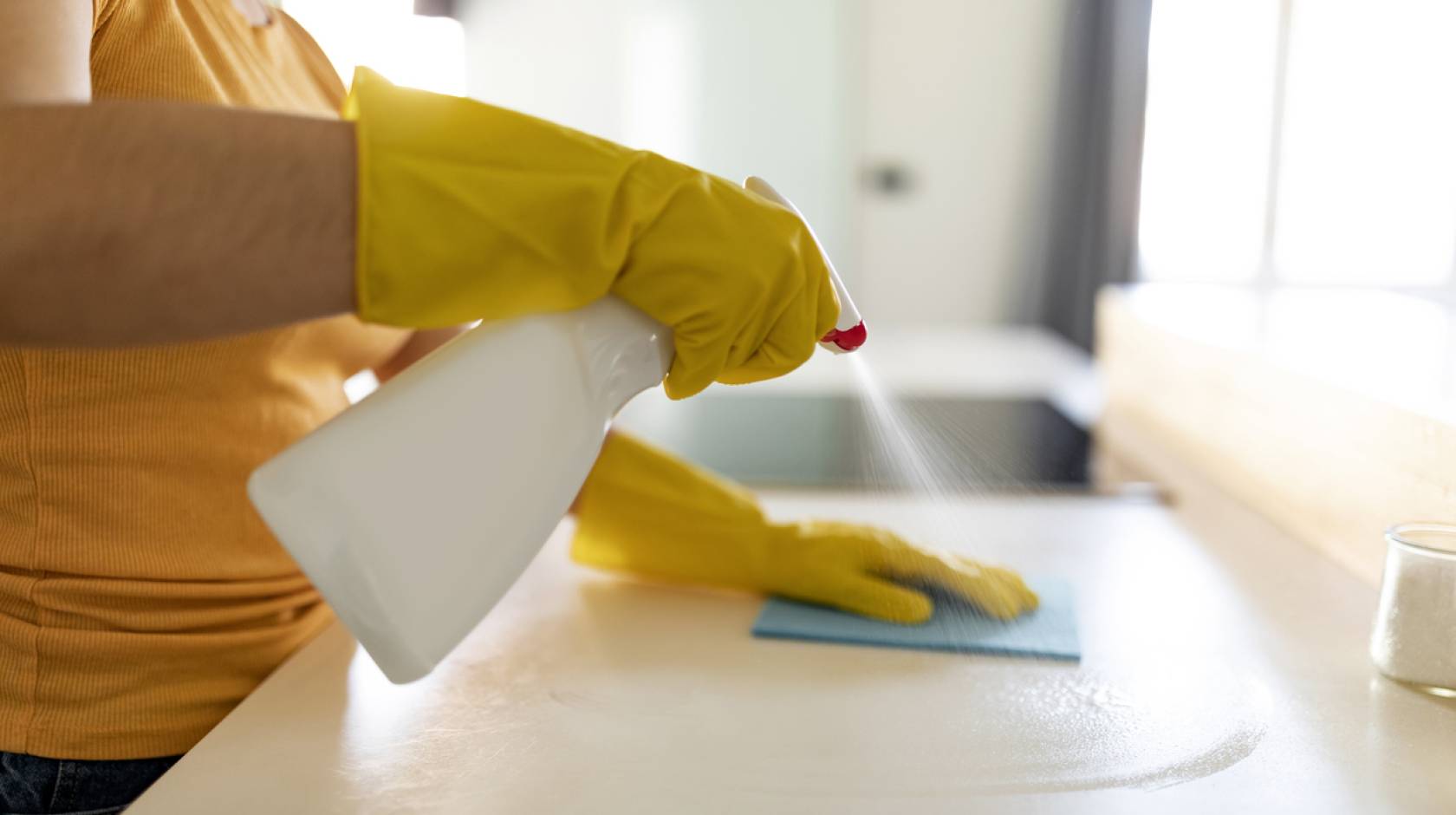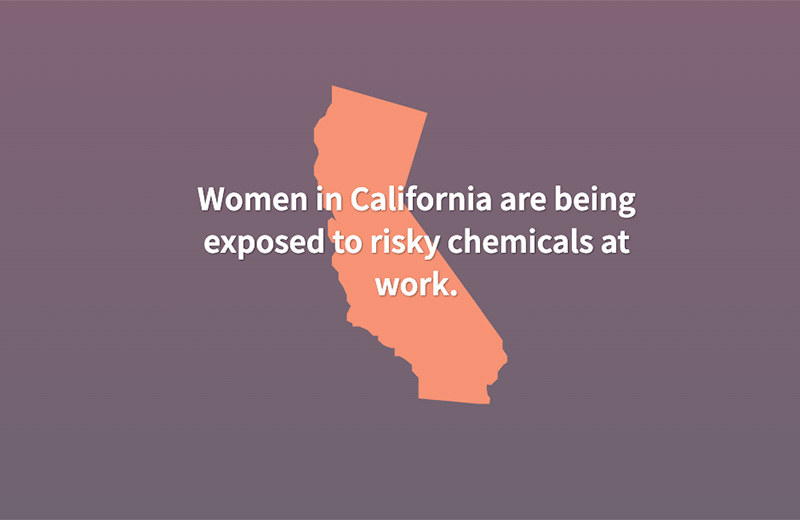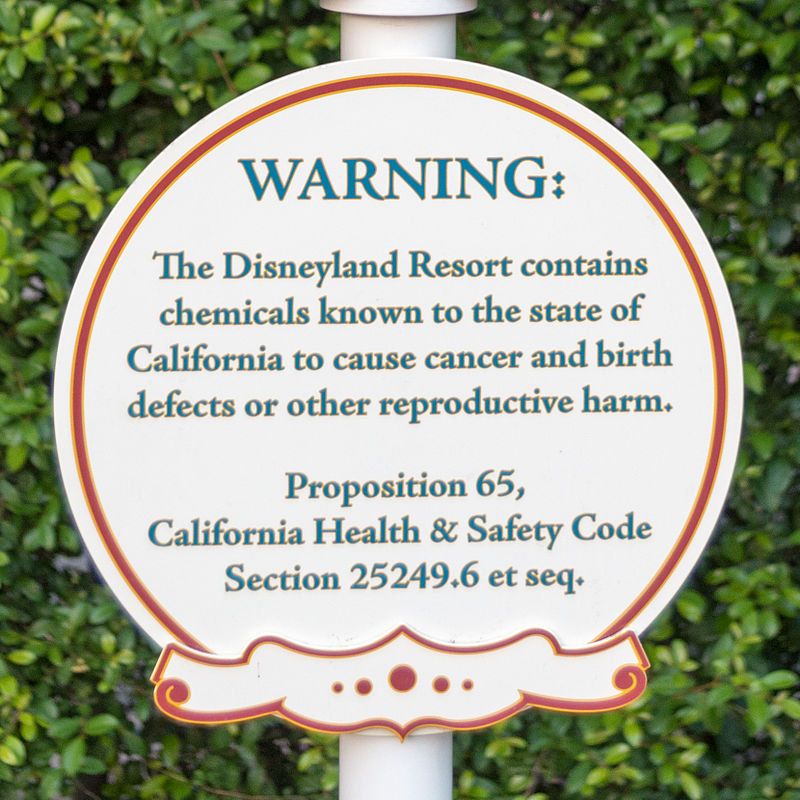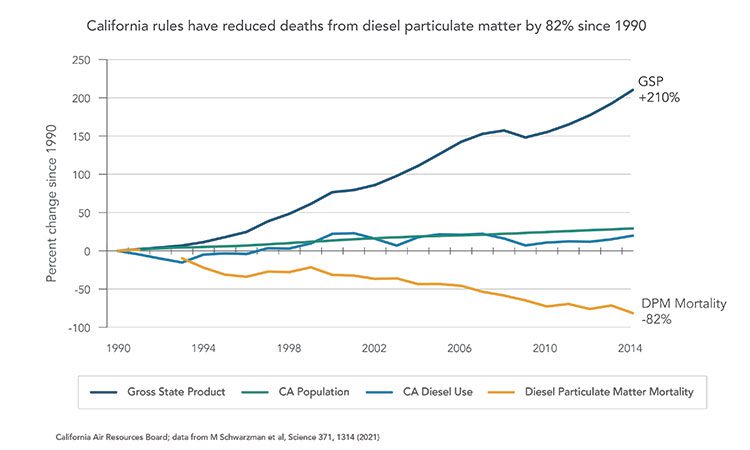Julia Busiek, UC Newsroom

Breast cancer is both the most common and second-deadliest form of cancer for women in California: Statewide nearly 200,000 women are living with the disease, and this year 4,200 of them will die of it. Despite state laws regulating many carcinogens, chemicals linked to breast cancer are common in our everyday lives. They’re in our makeup, clothing and cleaners, not to mention our air, water and soil. What’s more, millions of women in California work in jobs where these chemicals are all but unavoidable.
That’s according to a raft of recent studies from the California Breast Cancer Research Program (CBCRP). This UC-led, taxpayer-supported effort has funded over 1,200 studies and directed $300 million to breast cancer science by California researchers. Now in its fourth decade, CBCRP is the nation’s largest state-funded breast cancer research program, notching steady advances in treatment and prevention. But experts and patient activists stress that we still have so much more to learn.
“We have looked at a lot of risk factors for breast cancer over the years. But it’s kind of amazing that we know very little about occupational contributions to risk for this disease,” said Peggy Reynolds, a professor of epidemiology and biostatistics at UC San Francisco. Reynolds recently joined a CBCRP symposium to share what researchers have learned about how substances we encounter in our daily lives — in the workplace and the marketplace — can affect breast cancer risk.
Visualize the risk of chemical exposures at work
Reynolds is codirector with Dr. Robert Harrison of the Women’s Occupations and Risks from Chemicals (WORC) project. This CBCRP-funded effort compiled data on women in the workforce across California and the materials these workers use to do their jobs, then cross-referenced registries of chemicals associated with breast cancer. Through an online data visualization tool, Reynolds and Harrison’s team conveys both the grand scale and granular detail of cancer-linked chemical exposures for California’s 8 million wage-earning women, from bisphenol A in cash register receipts to fragrances in salon products to pesticides in farm work.

The WORC study also reveals the links between women’s occupational exposure and their race and ethnicity. For instance, housekeepers — the top profession among Hispanic women in California — are exposed to eight categories of cancer-causing chemicals in widely used cleaning products. Black women are likeliest to work as personal care aids, where they’re exposed to 10 such categories. Secretaries and administrative assistants — the most common profession for white women — are exposed to zero.
From individual burden to policy priority
Workers could use this information to understand risks they face on the job, and some might be able to avoid exposure or seek less risky roles. But researchers say that for many women, especially those in low-paying professions who are more likely to be immigrants and women of color and less likely to enjoy the protections of formal employment, switching jobs or finding ways to avoid carcinogenic products at work may not be an option.

“We have found that a lot of the safer products are more costly than the regular products, and if you are not the person in power in a company, you don’t get to decide what chemicals you use at work,” said Janette Robinson Flint, a research advisor on the WORC study and executive director of Black Women for Wellness, an L.A.-based health education organization.
Experts at the conference agreed that protecting women from breast cancer risk should be a society-wide priority. But how to write and pass laws designed to protect people who don’t have a lot of political power, especially when it means going up against big companies?
Do cancer-prevention policies actually prevent cancer?
Laws like California’s Proposition 65 make for instructive case studies. The 1986 voter-approved ballot measure requires the State of California to publish a list of chemicals known to cause cancer or reproductive harm, and for businesses to post conspicuous warnings to alert employees and customers when these chemicals are present.
“These public-facing warnings are the most visible element of the law, but we suspected that the list might actually have the biggest impact because of how businesses use that list to reformulate away from chemicals and avoid having to warn consumers,” says Megan Schwarzman, a physician and environmental health scientist at UC Berkeley Public Health. She led a CBCRP-funded investigation into the effectiveness of Prop 65 and other policies that regulate chemical or environmental toxics.

The good news? Prop 65 is among the policies that seem to be working. Schwarzman’s team identified chemicals from the Prop 65 list that are associated with breast cancer. They then rounded up decades of data from a long-running federal public health monitoring program to gauge the levels of those chemicals in people all over the country.
Of the 37 chemicals Schwarzman's team analyzed, 18 were significantly lower in Californians than the national average, and 25 of them began to decrease once the State added those chemicals to either the Prop 65 list or a similar registry of 200 toxic air contaminants maintained by the California Air Resources Board. “Overall we found that Californians have lower body burdens of many chemicals, and also that most decreased over time,” Schwarzman said.
In a related study, Schwarzman looked back at a set of federal and California laws from the 1990s that curb diesel pollution. Exhaust from big-rig tailpipes and container ship smokestacks are responsible for 70 percent of California's cancer risk attributable to air contaminants and contribute to 1,400 premature deaths from cardiovascular disease in California each year, according to State data.
Over the past generation, “the country as a whole adopted low-sulfur fuels and tighter emissions limits for new engines, although in California those rules came earlier and they were stricter than at the federal level,” Schwarzman said. More importantly, California law also required retrofits on existing engines, while federal law only applied these standards to new engines, allowing vehicles that were on the road before policies took effect to keep on spewing pollution unabated.

Schwarzman’s team determined that California’s tighter standards led to 27 percent deeper cuts in diesel exhaust compared to the nation as a whole. And those air quality gains appeared to yield real benefits for Californians. “We did a mortality analysis that showed that the gains in air quality bore out in lower diesel-related deaths,” Schwarzman said. “So this was a pretty dramatic example of a public health gain associated with a suite of public policies.”
Californians’ support of breast cancer research is making a difference
Together, Schwarzman, Reynolds and Robinson Flint’s findings point to some clear next steps. Thanks in part to California taxpayers’ longstanding support of CBCRP, our state has generated steady progress toward understanding what causes breast cancer. The program continues to fund research showing who in California is most at risk and why.
“While we each may be wondering, ‘Is my job giving me breast cancer? Should I use a different moisturizer?’ Our goal is not to make each person responsible for protecting themselves,” said CBCRP Director Marion Kavanaugh-Lynch, “but rather to create a state, a country, a world, where our laws, our industries and our marketplaces, work together to protect us all.”

